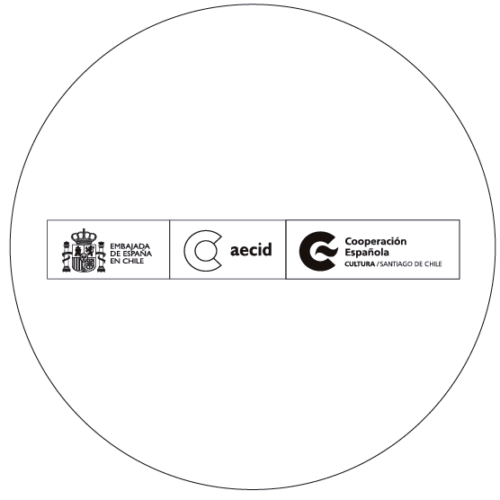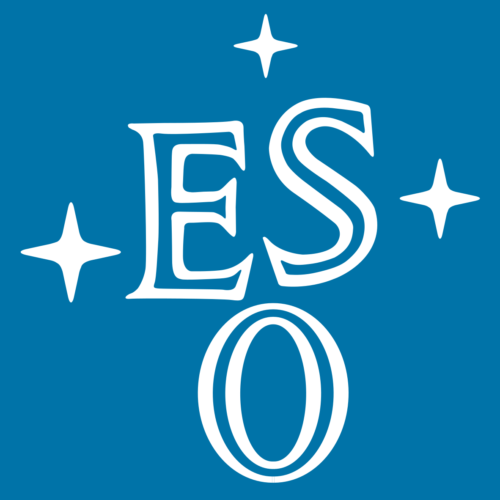Qoyllur Residency Program
CECILIA VICUÑA – ENRIQUE RAMÍREZ – SEBASTIÁN JATZ
Within its line of artistic residencies linked to science and artistic innovation, CCESantiago has developed the Qoyllur program since 2017, at La Silla Astronomical Observatory — ESO (European Southern Observatory) located at 2400 meters over the see level in the middle of the Atacama Desert, a region recognized as the best place for astronomical observations in the southern hemisphere.
The name Qoyllur, in Quechua language refers to the Star of the South. The program proposes an interaction between the artists and the environment that surrounds the scientific facilities, including the vestiges of ancestral cultures and the different communities that inhabit the sector to subsequently create a link between art and science.
These kinds of projects, beyond stimulating creative processes, can open new windows for artistic and scientific dissemination, bringing together both worlds and knowledge in relation to the different contexts that can be found in the country.
Team
Project
Minga del Cielo Oscuro — 2017: Cecilia Vicuña
The residency
In 2017, Cecilia Vicuña was the first artists to be invited to be part of this artistic residency program where she interacted with the archaeological site of the ancient Molle culture where the observatory facilities are located, which led to the creation of multiple texts, poem and interventions in their surroundings.
In the first stage, between November 16 and 24, Vicuña began various investigations and observation processes at La Silla Observatory.
During a second stage of the residency, between the 24th and 26th of the same month, the artist studied an archaeological find located in El Olivar, a sector north of the city of La Serena, and which has provided new information on the pre-Hispanic cultures that inhabited in the region.
Starting with her residence at the La Silla Astronomical Observatory in October 2017, the Chilean poet and artist Cecilia Vicuña carried out multiple processes of reflection, experimentation and knowledge of the territory, culminating in the year 2019 in an invitation to artists and scientists who collaborated in an interdisciplinary showing, a meeting of knowledge around the presence of the dark sky, which, as the artists mentions, is seeking “the construction of an illuminated future, in which ancestral wisdom and science shine equally”.
Today, when life on the planet is in danger due to the extinction of species, global warming, pollution and overexploitation, the artists focuses on the Andean vision of darkness as the origin of light. The invitation is to reflect on the meeting point between art, science, indigenous knowledge and archeology in the South of the Atacama Desert, where the current astronomical observatories, the Molles cave paintings and the most important Diaguita cemetery in Chile converge.
Beyond an exhibition, Minga of the Dark Sky is a project that hosts multiple activities and meetings between ‘Mingantes’ that include workshops, performances, talks, a final publication and various doors that open in different directions for both artists and communities.


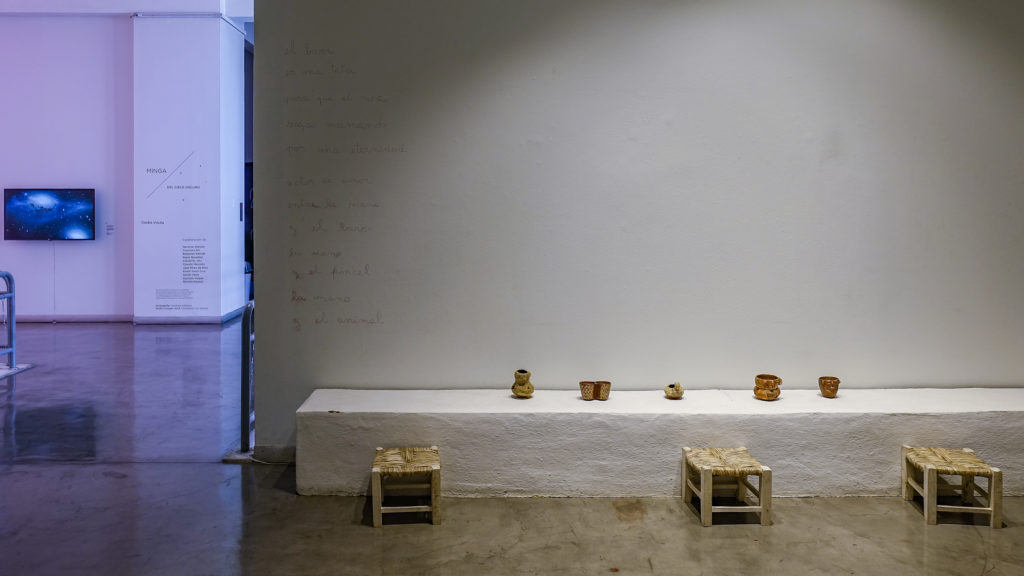

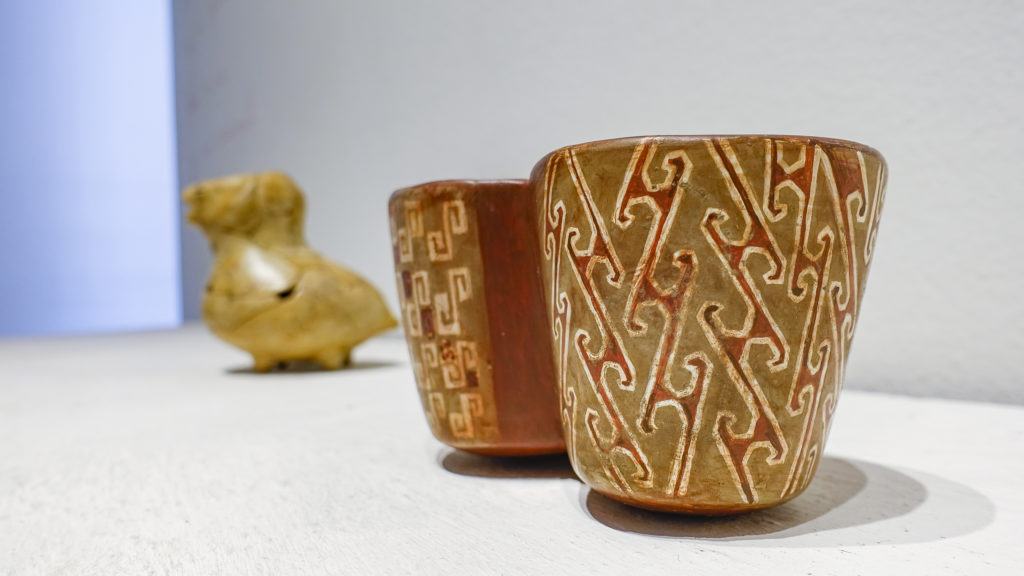
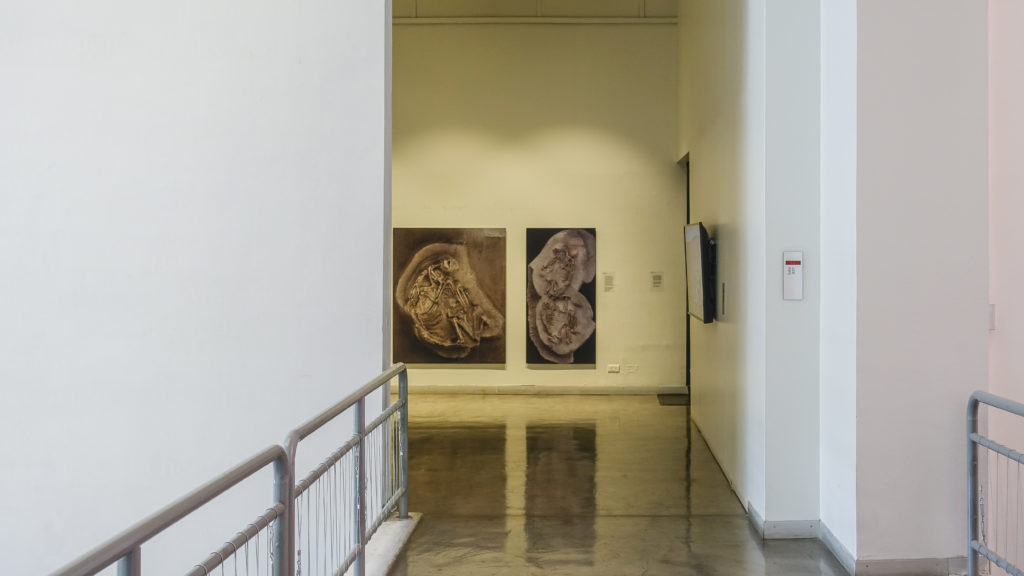


The artist
Cecilia Vicuña (Chile, 1948) has lived in New York since 1980. She graduated from the School of Fine Arts of the University of Chile and did a postgraduate degree at the Slade School of Fine Arts in London. She began her artistic endeavors in the mid-1960’s. Her multidimensional works begin as a poem or an image, and are transformed into films, songs, sculptures or collective installations. These ephemeral installations are conceived to be integrated into spaces such as nature, streets of a city or museums, and are combined with rituals and assemblages. She names her work ‘the precarious’.
Vicuña has published multiple art and poetry books, she was named Messenger Lecturer 2015 by Cornell University (New York), a fund given to authors who contribute to the evolution of civilization with the special purpose of raising the moral standards of politics, business and social life.
Her works have been exhibited in important museums around the world. In, 2019, a retrospective of her work was presented at Witte de With in Rotterdam and she was awarded the Velázquez Prize for Plastic Arts, the highest recognition awarded by the Spanish Ministry of Culture and Sports.
Publication
As a closure for the project, the Minga del Cielo Oscuro publication was launched on July 6, 2021, which gathers the dialogues and meetings held during the exhibition in a combination of descriptive, academic and poetic texts. The publication seeks to account for the spirit of the exhibition where the transcendent was not rooted on the practical, but instead, on the encounter between people who make up a community and of the minga as another system of collaboration. Through a model that emphasizes the confluence of the three forces that sustain the process – science, ancestral knowledge and poetry –, an awakening is proposed around the fundamental need to protect the sky, threatened by light pollution that inhibit astronomy, and pushes thousands of species to extinction.

For the launch a virtual conversation was held between Fernando Comerón, Cecilia Vicuña, Paola Gonzáles and Claudio Mercado. The activity featured Chilean Sign Language Interpretation by, Eileen Sanhueza and Paulina Cortés, both member of the Pupa Studio Creative team.
Sonivisión Performance
December 17, 2019
Performance of La Chimuchina inspired by the Diaguita archeological and ethnographic legacy that seeks to explore a trans-sensory repertoire, linking the ceramic designs from this culture, its sounds and dances.
Cámara Lúcida — 2018: Enrique Ramirez
https://ccesantiago.cl/evento/camara-lucida/
I observed that a photograph can be the object of three practices (or of three emotions, or of three intentions): to do, to undergo, to look.
Roland Barthes
Why is it that the more we try to look further and deeper, the more we don`t know? Based on a video installation and sound compositions, Enrique Ramírez proposes a poetic exploration that began at the La Silla observatory. The exhibition Cámara Lúcida, quoting Roland Barthes emphasizes the landscapes created by the macro and the micro, even within our bodies, as well as in the political approach with which we observe the territory. How do we understand the world by looking at the micro and the macro? What does the world tell us about ourselves? What do we tell the world?

Enrique Ramirez (Santiago de Chile, 1979).
He studied popular music and cinema in Chile before joining the Master in Contemporary Art and New Media at the National Studio of Contemporary Art of Le Fresnoy (Tourcoing, France). He was the national artist selected to represent Chile at the 2017 Vennice Biennale. His work is based on poetic incursions towards the humanization of contemporary dystopias. Addressing themes such as the memory, exile and landscapes as constitutive elements of his work, displaying geo-poetic maps.
His work combines video, photography, sound composition and installations. Strongly influenced by the history and geography of his country (Chile), he articulates the notion of geography as the bearer of historical memory. The image of the sea condenses some of his main thoughts on international migration, discontinuity of memory and landscape.
https://enriqueramirez.net/


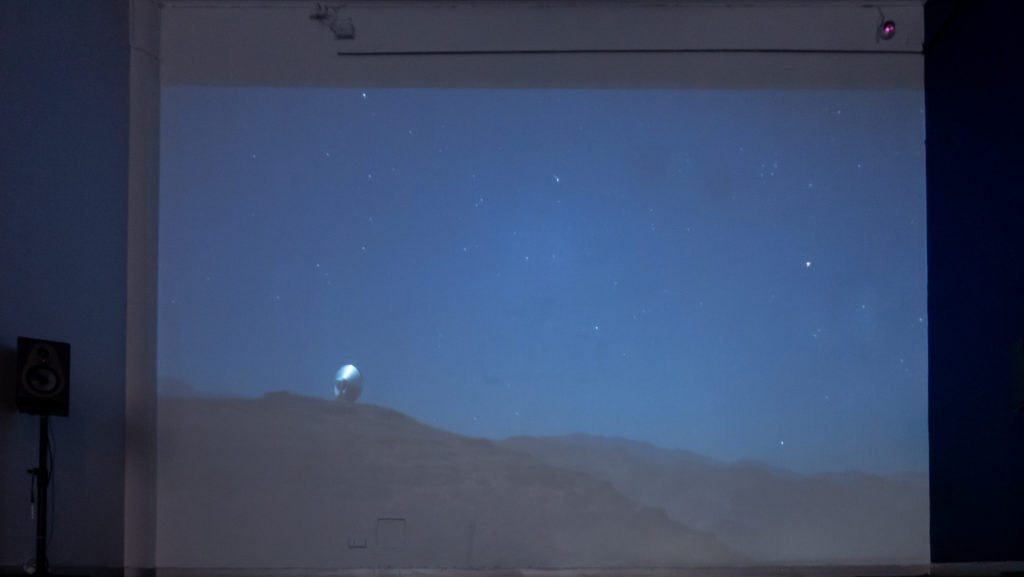

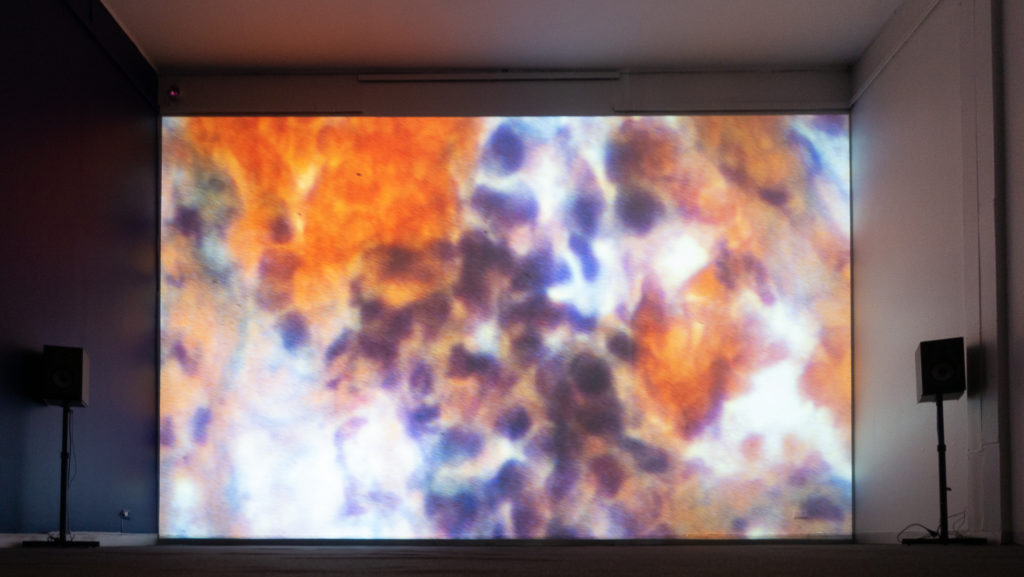
On Cámara Lúcida by Enrique Ramírez — Written by José-Carlos Mariátegui
The writer and physicist Ernesto Sábado said that “science is not powerful despite is abstraction but precisely because of it”. Science is a term that acts as a binder to represent actions related to the search for truth and it expands in a diversity of disciplines. Cámara Lúcida from Enrique Ramírez calls on the well-known book by Roland Barthes that recounts the effects of photography on the viewer and how it acts on the body and the mind. As in the case of science, the image lacks ontological unity, which allows it to expand its interpretations and generate confluences that would seem impossible at first glance
The artwork explores the confluences and dissent between scientific, natural and social images. On the one hand, it explores, through audiovisual, the area around the astronomical observatory of La Silla-ESO, located at 2400 meters high in the Atacama Desert and considered one of the best places in the world to see the stars with absorbing clarity. This area, which at first glance appears silent and inhospitable to humans, has the highest density of astronomical research observatories in the world. The visual exploration registers the extensive desert plain, the immense sky full of luminous points, the great scientific artifacts that add ethnographic and informational readings through computer screens that translate data into digital compositions of texts and images of an external reality that to us seems abstract. The second projection presents images of abnormal cells detected during the diagnosis of cervical cancer. These images are part of the work developed by the author’s mother, who is a medical technologist and who for half a century has carefully observed the differences between images of healthy and diseased cells. Here there is no computer or data processing that could replace the human experience in the wok – we could almost consider it artisanal – of auscultation and comparison of images.
Both images cannot be defined verbally, since it is a set of abstract values and measures that require scientific languages to be described. They thus allow the relationship between the micro and the macro to dissolve, and in that way the inscriptions of illness and death are confused with constellations, skies and galaxies. It is an epistemological paradox, where a symbolic notation system made for experiments is used to take us further and further away from reality, and which confirms that the more we know about something, the harder it is to explain it, possibly because we arrive to a limit in language that leads to a struggle in explaining.
The scientific images flow with a sound composition, also made by Vicuña, which make produce a dialogue between both images, creating sort of a “third image” –in this case, through acoustics– of urban sounds that seek to transport the viewer to the streets of Chile during the social outbreak (estallido social). Enrique Ramirez’s work converges both visual ad sound explorations, and many of his projects reflect the importance of sound as an articulator and constructor of social reality.
The sea, another persistent element throughout the author’s work, generates a new contrast facing both healthy and sick cells, acting as a canvas for the poetic representation of immensity, mystery and infinity. The sea also produces abstract images, seen almost like the fractal waves in Hokusai’s famous drawings. Despite its complexity, the sea is less distant to us than the cosmos of human cells, acquiring a magical potential in contrast to the land, which is the space for social articulation and inequality from which we often want to escape. The difference, however, is that the image mechanically repeats moments that can never again be perceived existentially.
Sonorous Activations
From the exhibition Cámara Lúcida, the artists Enrique Ramirez invited a series of sound and multimedia artists to carry out experimental sessions in the form of small concerts that not only interact with the exhibited work, but also seek to appropriate the exhibition hall, triggering different sound environments and possibilities that expand the auditory field.

1st session
November 30, 2021
CCESantiago Theater
Alfredo Ibarra (Lainus) and Enrique Ramirez
Recording: Bruno Salas
2nd session
December 14, 2021
CCESantiago Theater
Francisca Gill and Enrique Ramirez
Recording: Bruno Salas
3rd session
January 5, 2022
Theater CCESantiago
Andreas Bodenhofer Alexander and Enrique Ramirez
Recording: Bruno Salas
Conversation
Framed by the exhibition, we created conversation spaces that seek to delve into the knowledge researched in the project. From science, the environment and the sociopolitical context, also addressing the sky and water as two universes of exploration.
Participants :
Enrique Ramirez, artist.
Camila Ahrendt, marine biologist.
Ezio Costa, FIMA lawyer
Anthony Hales, astrophysicist
Moderator: Beatriz Lorenzo, researcher
Sobre el Silencio del Cielo — 2019: Sebastián Jatz
https://ccesantiago.cl/evento/exposicion-sebastian-jatz/
When our environment grows, the number of stimuli that we have to process also increases. Due to this, we can only select discrete aspects, separating what we tend to ignore from what we pay attention to. And we pay attention because we expect to get something back from it, a cultivation of reciprocity.
Attention is a form of love. To attend is to extend oneself to the other, to merge, to stop being one and try to be multiple, to recognize our interior out there. Attention is the fundamental difference between listening and hearing. We hear everything but we listen very little. We see a lot, but we observe mere fragments. Listening and observing accelerate the blood flow and raise our temperature. They ignite us. Direct and deep contact with reality is the closest thing to eternity.
Observing and listening to the abyss of the sky, astronomical devices go so far that the present becomes past, and times reveals itself as an enigma. Just as there are blind spots, there are deaf spots. While we listen to time, our everyday life becomes unrecognizable, we melt, change material state and are transformed. The difficult thing about knowing how to listen is admitting this transformation.
Four half-hour musical pieces entitled On the Skies Silence, a rose from the winds of the temporal horizon (Sobre el silencio del cielo), are born from these thoughts and combine fragments of attention that were captured in the La Silla Observatory and its surroundings, as well as a series of intentional sounds made in the Elqui Valley between Sebastián Jatz and Armando Saragoni
From January 10 to 14th, 2022, the CCESantiago theater became a continuum to stretch out and transform, to multiply towards the edges. Above our heads the inscriptions of the past and flowing through the air, an orchestra of incremental collective actions evidencing space, its movement and our understanding.

Sebastián Jatz
(Santiago, Chile, 1980)
> Cycle Curator
Chilean composer and translator, who explores sound and extended format music in his work. The artist uses formats that are close to visual arts and performance, where his large-scale urban interventions carried out in different national and international locations stand out. In them he has linked various interpreters and materialities that interact with space, time and inhabitants of the place in an active way.
Armando Saragoni
(Santiago, Chile)
> Guest artist
He studied arts at the Institute of Contemporary Art, University of Chile, as well as photography with Alberto Goldenstein at the Rojas Cultural Center in Buenos Aires. He participated in Fred Frith and Marcel Marceau clinics, and in the Course League of Crafty Guitarist Robert Fripp BA. He currently lives in Pisco Elqui, where he built an astronomical observatory and has his own music studio. He has been always attracted by the extensive landscapes of the desert and the mountains, their observation and the consequences of time. In the guitar, his way of playing is based on the vibrations of corporality considering gesture, repetition and superposition, delving into improvisation and experimentation with different textures, noises and temporalities.
Gisela Frick Hassenberg
(Santiago, Chile, 1981)
> Guest Composser
She composes sound collages and collaborative and individual improvisations since 2012. She currently works with sounds taken from nature, historical archives, voices and synthesizers. Her first published work are Cárcel Va’l Paraíso (2013) and Réquiem para el Camarada Pablo Neruda (2013). Her works Kindernacht (2016) , The Greatest Thing You’ll Ever Learn and To Heal a Broken Heart (2017) have been shown at the Ohrenhoch, Der Geräuschladen Sound Art Gallery in Germany and Slow Motion Graphics and Mirror Forest have been published in Spain. Her latest work published Allende Ramón, el Valle verás florar (2019) is part of the album Ensayos Sonoros del Chile Actual (Sónec).
https://soundcloud.com/giselafrick
Cristián Alvear
(Osorno, 1979)
> Guest Musician
Musician dedicated to research and interpretation of contemporary, experimental and avant-garde music. He has a Bachelor of Arts with a minor in Interpretation (2008) and a Master in Interpretation from the University of Chile (2018). He is currently a doctoral student in the Doctorate in Arts program with a minor in Music at the Pontificia Universidad Católica of Chile, in which he investigates processes in Chilean experimental works composed during the 21st century.
https://www.cristianalvear.com/p/home.html
Lukax Santana
(Viña del mar)
>Guest Sound Artist
Improviser, sound artist, archivist, maker of new instruments. For more than 40 years he has explored free improvisation and sound experimentation, most of those years he worked in London, where he was one of the founders of Quilombo Expontáneo. He uses objects, utensils, toys, springs, glass, among other materials as sound generators, he has also worked on contemporary dance projects and collaborated with important international musicians. His album A.L.M.A. Mater (2016) is inspired by the Atacama Desert observatory. Travels at 29.37 km/per second.

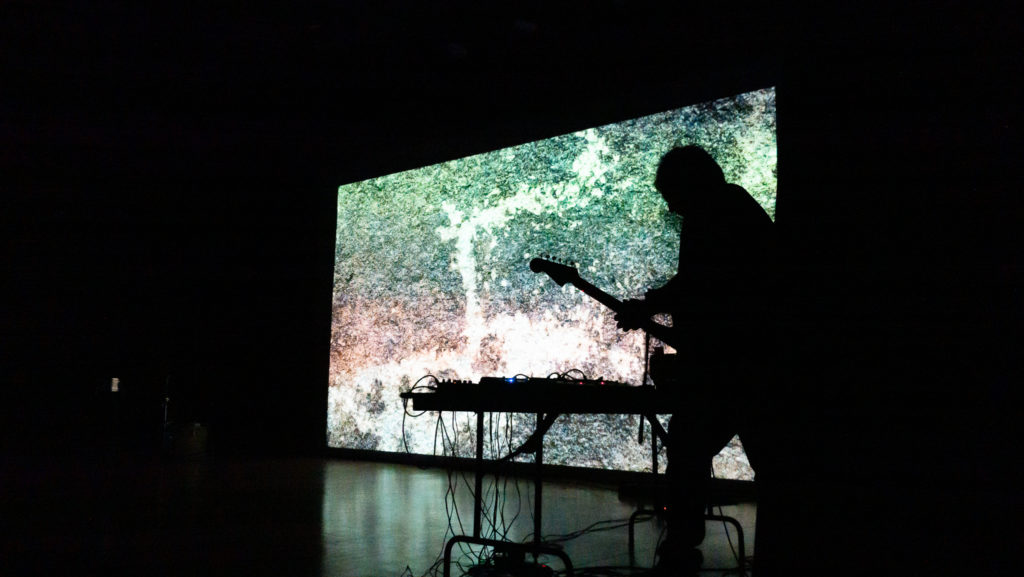
Musical Pieces.
The following four musical pieces that make up On the Skies Silence, a combination of fragments captured in the La Silla Observatory and its surroundings and a series of sounds made in the Elqui valley between Sebastian Jatz and Armando Saragoni.
Mastering by Cristián Alvear
Neorte
Hueste
Azur
Esteno
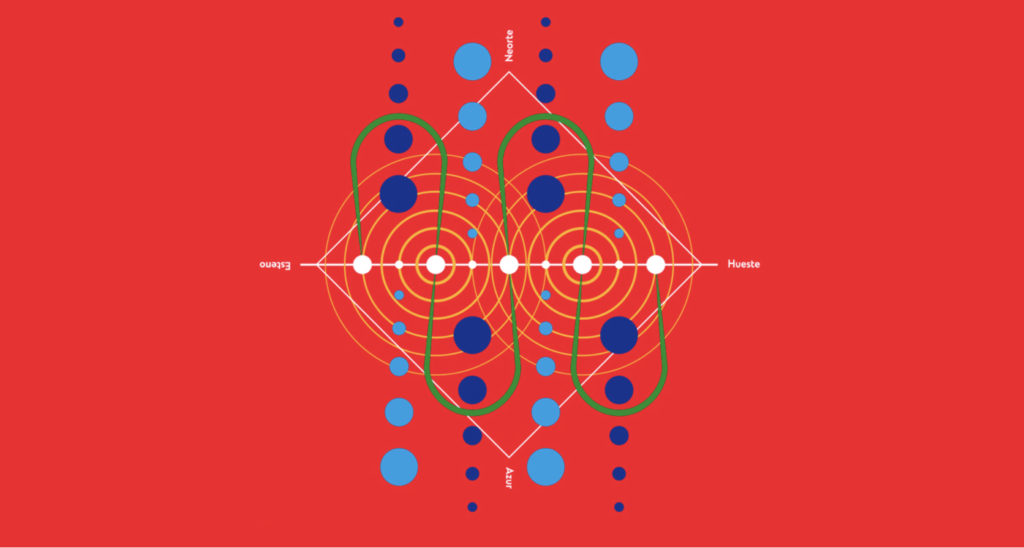
Support

